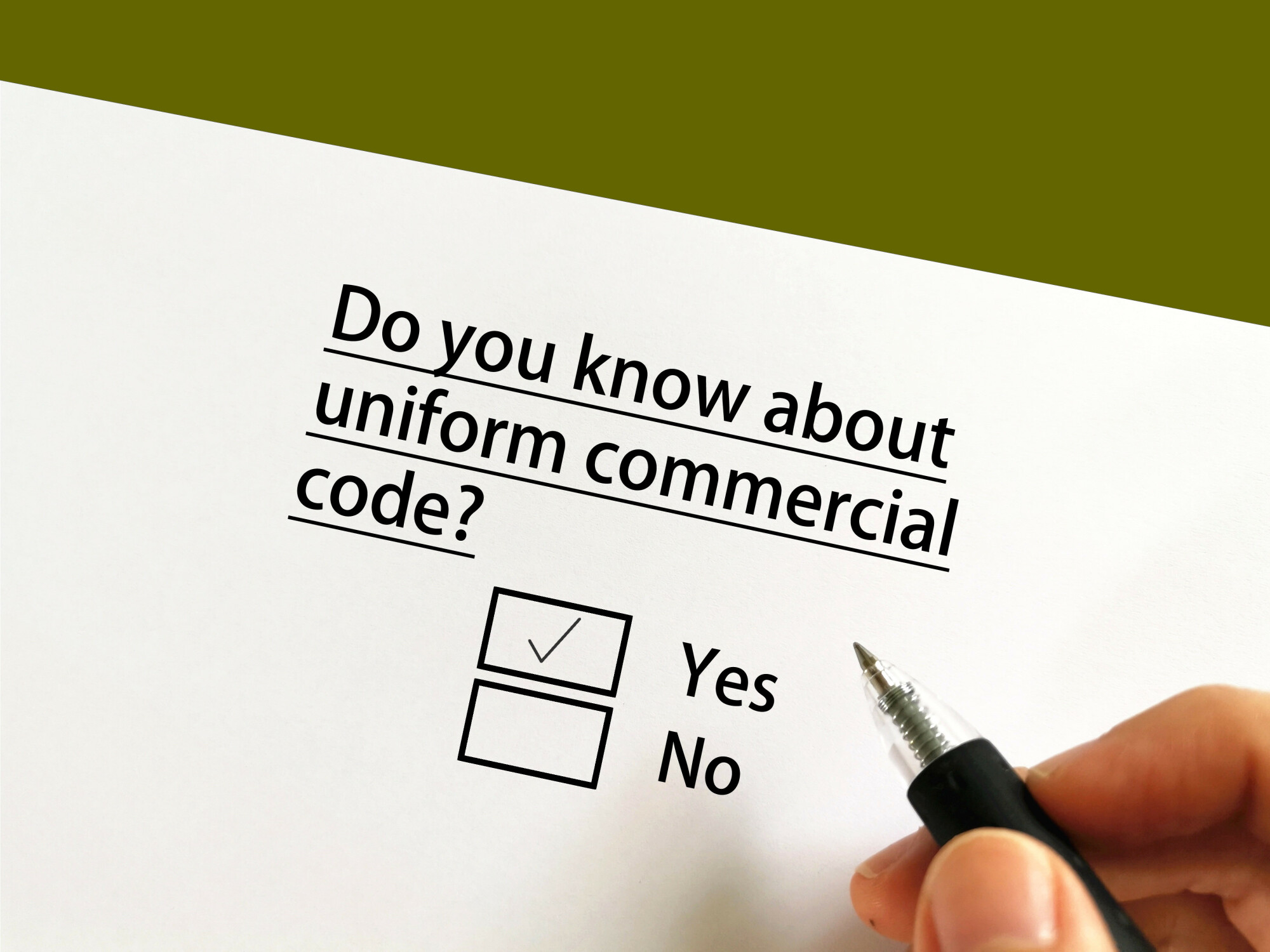Foster Swift Business & Tax Law News
 This article has been updated with new information from its original publication date in June 2017.
This article has been updated with new information from its original publication date in June 2017.
In our last article, we discussed an introduction to Article 2. This article will discuss contracts and Article 2.
Companies in the business of purchasing from suppliers or selling goods to customers rarely negotiate a written contract for each purchase or sale because it is simply too time consuming and expensive.
Any business that purchases from a supplier will recognize this scenario: Purchaser sends supplier a request for quotation, with standard terms and conditions of purchase that are incredibly purchaser-friendly. In response, the supplier sends a quotation and its own terms and conditions of sale that are supplier-friendly. The parties ignore the fine print and negotiate the substantive terms (price, quantity, and delivery), and the purchaser sends the supplier a purchase order repeating the terms and conditions that are favorable to the purchaser. Sometimes the supplier sends an acknowledgement, repeating its preferred terms and conditions. Clearly the parties agree on the substantive issues, but which party’s terms and conditions control?
The situation described above is commonly referred to as the “battle of the forms.” Article 2 favors the formation of contracts, even where the parties’ terms and conditions are entirely inconsistent. Michigan law provides that “conduct by both parties which recognizes the existence of a contract is sufficient to establish a contract for sale although the writings of the parties do not otherwise establish a contract.” MCL 440.2207.
Article 2 determines the existence of a contract by evaluating whether the writings of the parties are an offer, acceptance, or counter-offer. The analysis begins when one party makes an offer. In our example, the quotation by the supplier is an offer to sell on certain terms. In order to form a contract based on the terms of the quotation, the purchaser must provide “a definite and seasonable expression of acceptance.” Id. at (1). When the purchaser responds with a purchase order and its own terms and conditions, the response is treated as either an acceptance with additional terms or a counter-offer (a rejection of the initial offer and the making of a new offer). Once the exchange of forms is complete, the parties have an enforceable contract to the extent they agree on terms. The question, then, is how to treat the additional or different terms.
Here, the default rules of Article 2 apply. In this scenario, additional terms automatically become part of the contract unless (1) the other party’s offer limits acceptance to that party’s terms, (2) the additional terms materially alter the contract, or (3) the other party has already objected to the additional terms or objects within a reasonable time after receipt. Id. at (2). Accordingly, if you receive additional terms from a counter-party and do nothing, those terms become part of the contract.
“Additional” terms are not the same as “different” terms. Michigan courts apply the “knock-out rule” for different terms. Under the knock-out rule, different terms are excluded from the contract (“knocked out”), and the gap-fillers of Article 2 apply instead. For example, if the purchaser and supplier each have warranty provisions in their standard terms and conditions, but those provisions are different, neither provision applies and the default rules of Article 2 will apply.
Will your standard terms and conditions win in a battle of forms? Do you have standard terms and conditions at all? To learn more about the impact Article 2 has on your purchase or sale procedures, contact a Foster Swift business attorney today.



 Share
Share